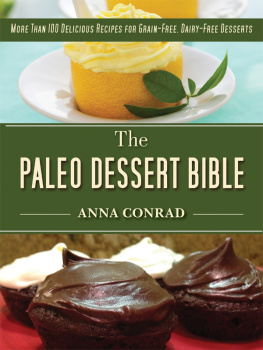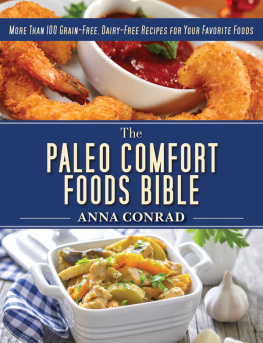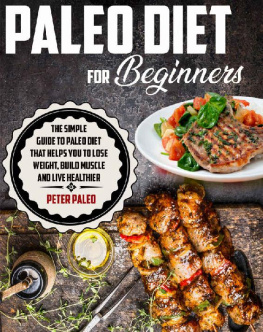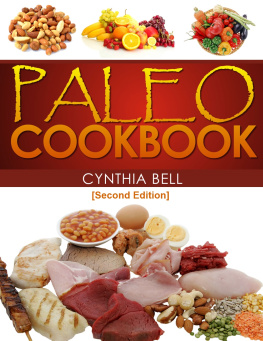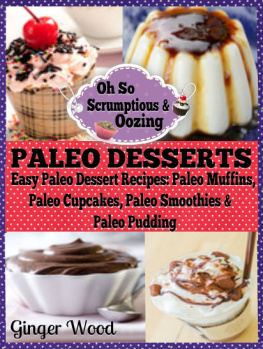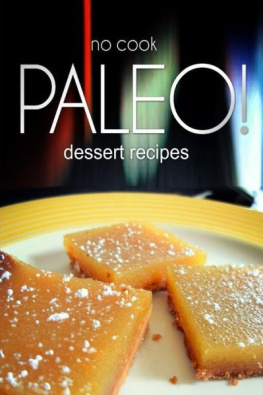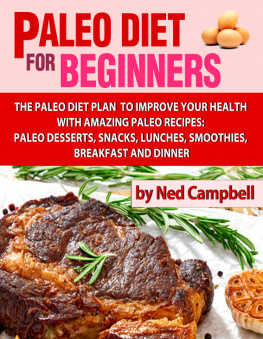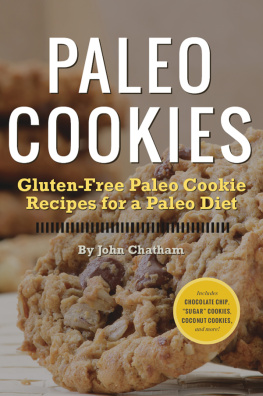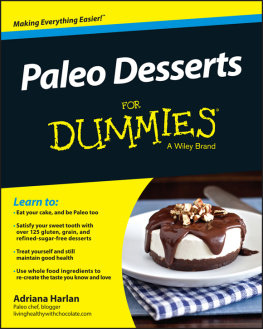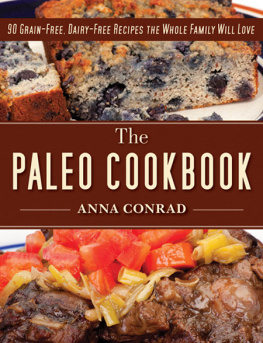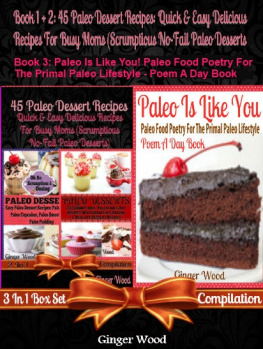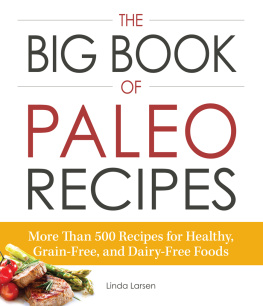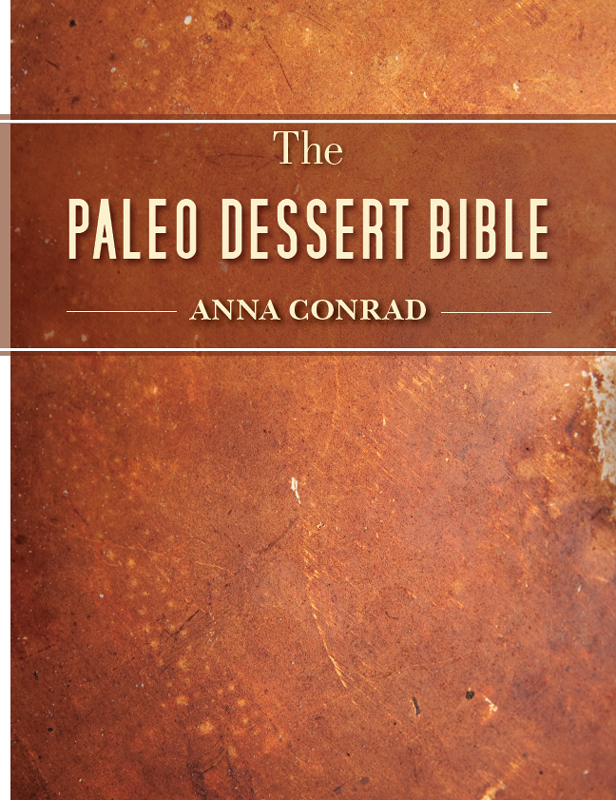Copyright 2014 by Anna Conrad Photographer 2014 by Stanfield Photographer All Rights Reserved. No part of this book may be reproduced in any manner without the express written consent of the publisher, except in the case of brief excerpts in critical reviews or articles. All inquiries should be addressed to Skyhorse Publishing, 307 West 36th Street, 11th Floor, New York, NY 10018. Skyhorse Publishing books may be purchased in bulk at special discounts for sales promotion, corporate gifts, fund-raising, or educational purposes. Special editions can also be created to specifications. For details, contact the Special Sales Department, Skyhorse Publishing, 307 West 36th Street, 11th Floor, New York, NY 10018 or .
Skyhorse and Skyhorse Publishing are registered trademarks of Skyhorse Publishing, Inc., a Delaware corporation. Visit our website at www.skyhorsepublishing.com. 10 9 8 7 6 5 4 3 2 1 Library of Congress Cataloging-in-Publication Data is available on file. ISBN: 978-1-62873-621-2 Printed in China Note This book is intended as a reference volume only, not as a medical manual. The information given here is designed to help you make informed decisions about your health. It is not intended as a substitute for any treatment that may have been prescribed by your doctor.
If you suspect that you may have medical problems, we urge you to seek competent medical help. { Contents } { Recipe List } { Welcome } W elcome to The Paleo Dessert Bible . I wrote, tested, and edited the recipes in this book in my kitchen located in Chattanooga, Tennessee. My mission with The Paleo Dessert Bible was to create a comprehensive collection of my favorite dessert recipes and reformulate them to comply as closely as possible with the paleo diet. I abandoned many of the basic tenets that apply to baking with grains and learned how nut flours, palm sugar, coconut milk, and oil behave when formulating desserts. In many, many instances, the recipes are better when converted to paleo versions.
I hope you enjoy these desserts, many of which you will recognize by the titles as classic, all-time favorites. And hopefully, you will consider them to be even better than you remembered. { Preface } T he paleo diet does not lend itself to the easy incorporation of dessert recipes into the everyday menu. However, I believe that the paleo diet approach to health could be very important to the health of many people. For that reason, we should find ways to make it accessible, which means indulging in the occasional dessert. With some careful planning, a few desserts on an infrequent basis shouldnt do harm.
For the most part, the recipes in this book closely adhere to the paleo diet principles. Yes, you will see normally excluded foods (chocolate, coffee, honey, molasses, maple syrup, palm sugar, tapioca flour, alcohol, etc.) in some of the recipes, because it would be impossible to make desserts without them. But indulging in these desserts on an infrequent basis should not set your health goals too far afield. Just make sure you use high-quality, organic, whole foods and additive-free ingredients whenever possible. For a complete list of foods allowed on the paleo diet, see my first cookbook, The Paleo Cookbook . { Stocking Your Pantry } T he following is a list of standard ingredients you will need to have in your pantry (in addition to typical baking ingredients) before making the recipes in this book.
Ive listed suppliers for almond flour as well, because almond flour is the main ingredient in many of the recipes, and the suppliers I list here are the best brands to use, based on my experience. I did not list suppliers for other ingredients because I found that the ingredients are widely available from multiple suppliers without much variation in quality. ALMOND FLOUR AND ALMOND MEAL: Almond flour and almond meal are made by grinding sweet almonds. Almond flour is finely ground blanched almonds (blanching almonds removes the skin). Almond meal is made with or without the skin on the almonds, and it isnt as finely ground as almond flour. The consistency of almond meal is similar to that of corn meal.
I have used almond flour from three different suppliers and found them all to be acceptable in dessert recipes. The almond flour suppliers I used are JK Gourmet (www.jkgourmet.com), Benefit Your Life (www.benefityourlifestore.com), and Honeyville (www.honeyvillegrain.com). I grind my own almond meal from whole almonds, since I use it in smaller quantities. COCONUT FLOUR: Coconut flour is the meat of a coconut, ground finely and defatted. When purchasing, make sure the ingredients state pure coconut flour, without any added ingredients such as rice flour, sugars, or preservatives. Choose coconut flours that are not pristine white in color, because that may indicate unnecessary processing.
The color should be similar to coconut flesh, a little off-white and cream-colored. COCONUT OIL: Coconut oil is extracted from the coconut flesh (meat). Coconut oil is used in many paleo recipes and is the primary fat used in this cookbook. Choose virgin coconut oil (VCO) that is made from fresh coconut and mechanically pressed to extract the oil. Other forms of coconut oil may be extracted via chemical or high-temperature methods, which can reduce the nutrient content and flavor properties of the oil. COCONUT MILK: Coconut milk is the liquid that comes from squeezing the meat of fresh coconut.
Coconut milk can be thick or thin depending on the fat content, or whether or not a thickener has been added. Canned coconut milk is often diluted with water to achieve a lower fat content. Light coconut milk is the lowest fat-containing coconut milk. The recipes in this book are made with canned coconut milk with a 20 to 22 percent fat content (not light). If possible, choose coconut milk that contains no additional ingredients, other than water. Thickeners such as guar gum are often added and should be avoided if at all possible.
PALM SUGAR: Palm sugar is a nutrient-rich, unrefined, low-glycemic, natural sweetener that is obtained by making several slits in the stem of a palm tree, draining the liquid, and then boiling it until thickened. The boiled product is cooled into cakes and later ground and packaged for sale. Palm sugar is a rich brown color, and some say its taste is superior to that of white granulated sugar. Palm sugar behaves much the same as white granulated sugar in baking applications. Palm sugar is not the same as coconut sugar, which is obtained from the cut flowers of the coconut palm tree. The recipes in this book use palm sugar.
BAKING SODA: Baking soda (sodium bicarbonate) is used in baking as a leavening agent when acidic ingredients are present. Acidic ingredients include phosphates, cream of tartar, lemon juice, yogurt, buttermilk, cacao powder, vinegar, etc. Baking soda reacts with the acidic ingredient and releases carbon dioxide, causing the baked good to rise. Baking soda is often used in combination with baking powder. BAKING POWDER: Baking powder is a leavening agent composed of a weak acid and a weak base that allows baked goods to rise via an acid-base reaction. Baking powder is used in traditional wheat-based breads where a fermentation reaction (via yeast) is undesirable because of the taste fermentation imparts.
Baked goods or breads that use baking powder to create lift in the baked good are often called quick breads because of the quick release of carbon dioxide in the acid-base reaction, yielding shorter processing times (no waiting for the bread to rise before baking). Paleo breads, which use nut flours instead of wheat based flours, rise via the same chemical mechanism when using baking powder. EGGS: Eggs play a critical role in baking by providing protein, fat, and moisture. Protein acts as a binding agent to keep the baked good in one piece, rather than crumbling. Fat and moisture provides an excellent mouth-feel and makes the baked good consumable and pleasant to eat, versus dry and hard to chew or swallow. The recipes in this book use more eggs than most non-paleo recipes might, especially when coconut flour is incorporated, because nut flours tend to absorb more moisture than a traditional grain-based flour.

